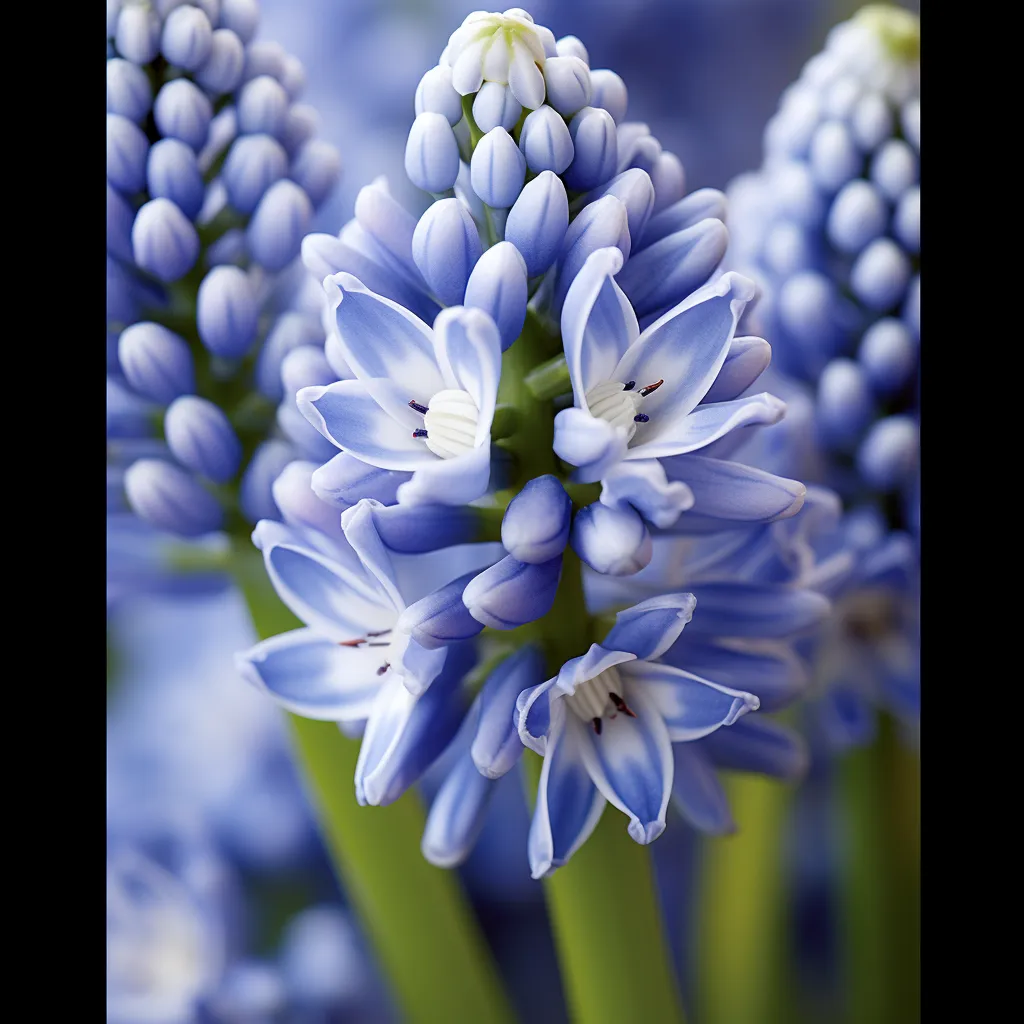Story of Day :
Contents
Scilla sardensis (Lesser Glory of the Snow) Plant Care Tips
Growing a beautiful garden requires knowledge, patience, and a love for nature.
If you are looking to add some color and charm to your garden, Scilla sardensis, commonly known as Lesser Glory of the Snow, is an excellent choice.
This delightful spring-flowering bulb produces clusters of vibrant blue flowers that will brighten up any garden bed or border.
Planting Scilla sardensis Bulbs
The first step in successfully growing Scilla sardensis is planting the bulbs at the right time and in the right location.
Here are some helpful tips:
- Timing: Plant your Scilla bulbs in late summer or early fall before the first frost hits.
This will allow them enough time to establish their roots before winter sets in.
- Sunlight: Choose a location that receives full to partial sunlight for optimal growth.
These bulbs thrive in bright light but can also tolerate some shade.
- Soil: Scilla sardensis prefers well-draining soil with a pH level between 6 and 7.
If your soil is heavy clay or compacted, consider adding organic matter such as compost or peat moss to improve drainage.

Caring for Scilla sardensis Plants
To ensure healthy growth and abundant blooms, it’s essential to provide proper care for your Scilla plants throughout their lifecycle.
Here are some care tips:
- Irrigation: While these bulbs are drought-tolerant once established, they still require regular watering during their active growth period.
Water deeply but infrequently to encourage the development of strong roots.
- Fertilization: Scilla sardensis bulbs do not require heavy fertilization.
A light application of a balanced slow-release fertilizer in early spring is sufficient to provide the necessary nutrients for healthy growth.
- Mulching: Applying a layer of organic mulch, such as shredded bark or straw, around your Scilla plants can help conserve moisture and prevent weed growth.
Mulching also acts as insulation during cold winters, protecting the bulbs from extreme temperature fluctuations.
- Deadheading: After the flowering season ends, it is advisable to deadhead the spent flowers.
This prevents seed production and encourages the plant’s energy to go back into bulb development rather than seed production.
Pest and Disease Management

Luckily, Scilla sardensis is relatively resistant to pests and diseases.
However, it’s still essential to keep an eye out for any potential issues that might arise.
Here are some common problems you may encounter:
- Squirrels and Rodents: These critters may dig up your newly planted bulbs or feast on them once they start blooming.
To deter squirrels and rodents, consider using wire mesh or planting companion plants that repel these pests.
- Bulb Rot: Excessive moisture can lead to bulb rot in Scilla plants.
Ensure proper drainage by avoiding overwatering or planting in waterlogged areas.
Tips for Dividing Scilla sardensis Bulbs
If you notice overcrowding or reduced blooms after a few years of growing Scilla sardensis, it might be time to divide your bulbs.
Dividing bulbs is a simple process that helps rejuvenate the plants and promote better flowering.
Here’s how you can do it:

- Carefully dig up the clump of bulbs using a garden fork or shovel.
- Gently separate the individual bulbs, ensuring each division has some roots attached.
- Replant the divided bulbs in well-prepared soil, following the same planting guidelines mentioned earlier.
- Water thoroughly after replanting to settle the soil around the new divisions.
In Conclusion
Scilla sardensis, or Lesser Glory of the Snow, is an enchanting spring-flowering bulb that brings beauty and color to any garden.
By following these care tips on planting at the right time, providing proper sunlight and well-draining soil, and offering appropriate irrigation and fertilization, you can enjoy stunning blue blooms year after year.
Remember to keep an eye out for pests and diseases while also considering dividing your bulbs when necessary.
With proper care, your Scilla sardensis plants will thrive and become a highlight of your garden!